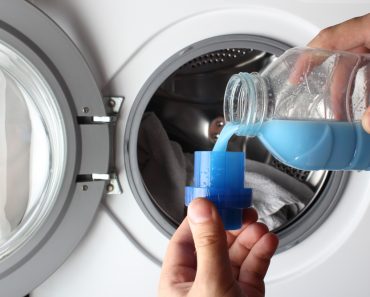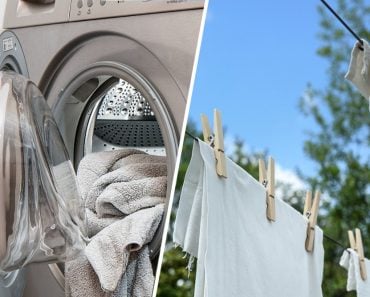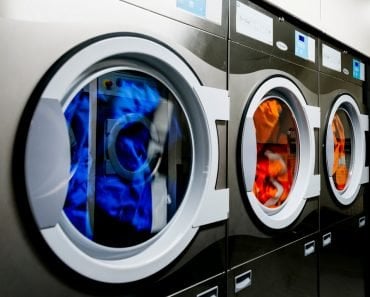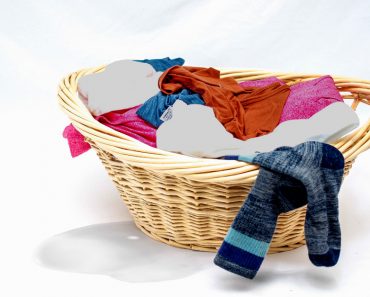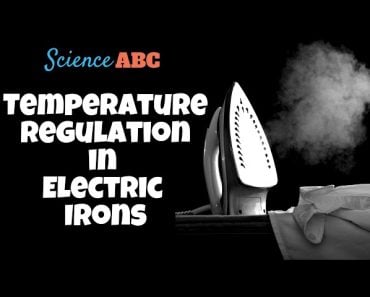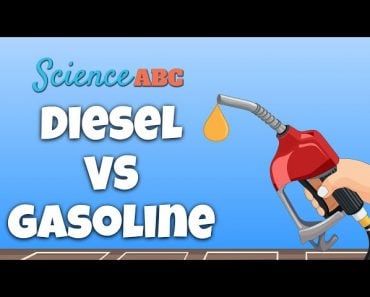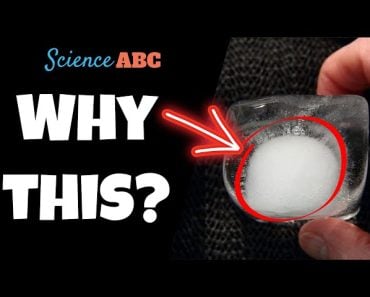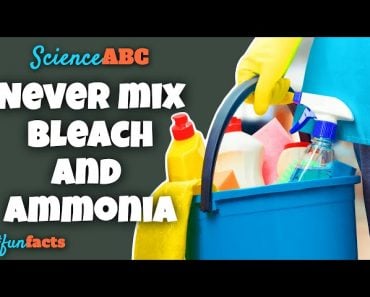Front load and top load detergents are different mainly in terms of cleansing efficiency and sudsing properties as front load and top load washing machines require different quantities of water.
The year was 1903 when the world first heard of the almighty Thor. No, not the God of Thunder, but rather the first commercial electric washing machine. Women around the world rejoiced, as one of their daily chores could now be delegated to a machine, making their lives decidedly less troublesome.
Automated clothes washing, while ubiquitous today, took quite a while to spread around the world and become the norm. The need to manually scrub and rinse clothes was eliminated over a hundred years ago! You simply need to place your clothes in the spinning drum, add detergent and fabric softener, and then select a washing mode and temperature. So easy! However, how many of you have wondered about the wide variety of detergents involved in this seemingly simple process?
It’s common knowledge that there are two types of washing machines: top-loading varieties and front-loading ones. Each type also has a specific kind of detergent to go with it, but before we talk about the detergents, let’s first attempt to understand the difference between these two broad types of machines.
Recommended Video for you:
What’s The Difference Between A Top Load And Front Load Washing Machine?
Top-loading machines are ergonomically better, as you can stuff your stinky clothes at waist height, without the need to bend down. However, installing a front load washing machine at a comfortable height can achieve the same level of convenience.
Top load washing machines are lighter on the wallet than front-loading ones, but they aren’t as good as front load machines when it comes to cleaning clothes. Electricity consumption varies, depending on the temperature of the wash cycle and its duration.
The average top loader uses 140 L of water (an average front loader uses 60 L), but has a quicker wash cycle. If a hot water wash is selected, then top loaders require more electricity to heat up the large amount of water. In the case of a cold wash cycle, front loaders will consume more electricity, as they have longer wash cycles.
In the long run, a front load washing machine is a better choice, as they are more efficient cleaners and more resource efficient, so the initial cost ultimately evens out.
Clothes can be added at any time in the wash cycle of a top-loading machine, but this isn’t possible with a front load. It’s imperative that the door of front loaders stay closed, or all the soapy water will gush out, giving you a nice slippery mess.
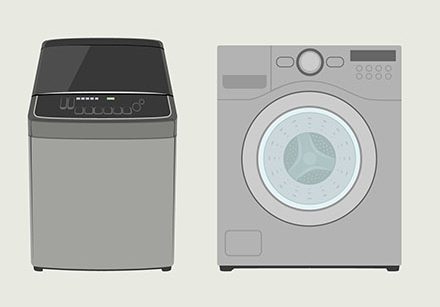
Front loaders are more efficient cleaners for dirty laundry, as they have a gravity-assisted tumbler that politely spins your clothes with minimal wear and tear. This tumbling action causes clothes to rub against each other or against the tumbler wall, effectively scrubbing the dirt off.
On the other hand, top-loading machines come in two forms—one with an agitator and one with a pulsator. An agitator rocks the clothes to and fro, resulting in a rough scrub-like quality wash that can be rough on clothes. On the other hand, a pulsator pulses the soapy water through the clothes, which is much gentler on fabrics.
With these two types of washing machines comes the need for two types of detergents too! It’s not just a marketing gimmick, but a requirement demanded by the amount of water each machine gulps down, coupled with their mechanism of washing.
Also Read: How Does Soap Clean Dirty Clothes?
What’s The Difference Between Top Load And Front Load Detergent?
So what does actually clean all those messy food stains on your sparkly bright clothes and white t-shirts? It is actually the presence of enzymes—busy little cleaners!
Enzymes are simple proteins (produced by all living organisms) that work as catalysts to help speed up biological processes. Enzymes assist with digestion and metabolic activities by breaking down different foods within our bodies. These same enzymes can also be used to break down food that gets caught in our clothing. To learn more about this process, go ahead and read our article all about enzymes!
One of the largest applications of enzymes, outside living things, is in the washing of household laundry. The common types of enzymes present in detergents are lipases, cellulases and proteases. It is these enzymes that remove dirt and food stains, soften fabrics and brighten them. They are why freshly washed clothes have a certain “shine” to them.
.
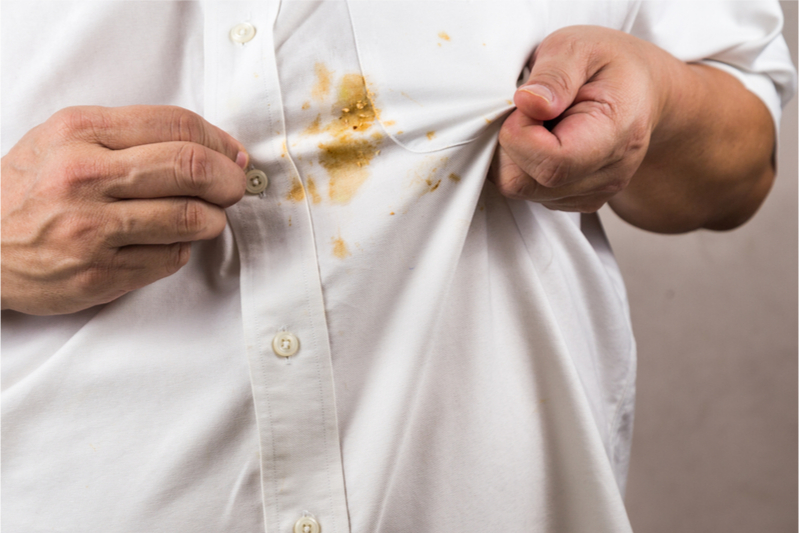
Since front load washing machines use less water, they require high-efficiency (HE) detergents that can clean better and lead to less foam (suds) formation. Foam forms due to the soap molecules present in the detergent, which reduce the surface tension of water and allow air to be trapped within it.
HE detergents have high-efficiency cleaning capabilities with low sudsing properties. If you have ever read the boring washing machine manual, you’ll find all the details on the recommended detergent type for your particular machine.
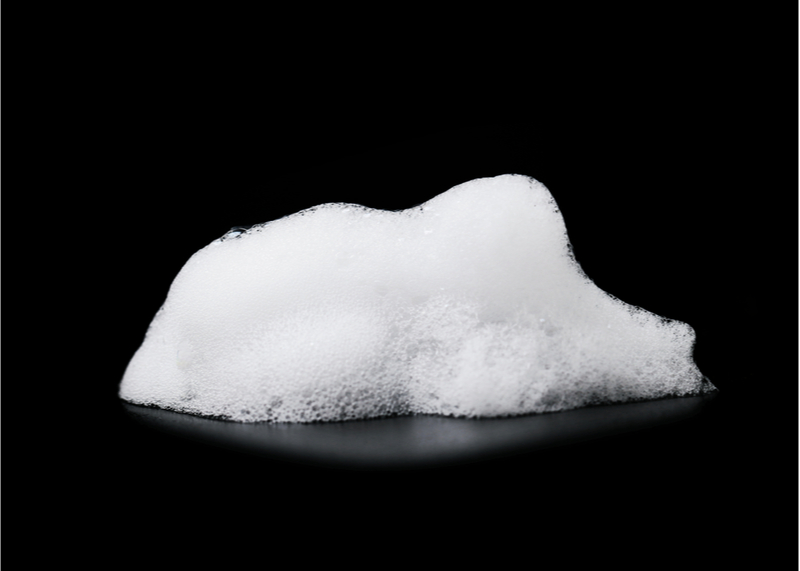
If you want to throw a sudsy foam party, try using a top load detergent in a front load machine. Now, you may think all this extra foam will simply result in better cleaning of your dirty clothes, but that’s not the case. At best, the soapy water will leak out the door; at worst, it will clog up your machine. Should the foam reach the circuitry of the machine, it could even turn hazardous and lead to extensive damage to your machine.
Top load washing machines need more suds to make up for the larger quantity of water required for each wash—more than double the amount used by a front load washing machine. Usually, more foamy detergents are added to these, which have stronger sudsing properties.
If you were to use a front load washing detergent in a top load machine, there would hardly be any soap foam, and you would need to add two or three times the amount usually required to make up for it. The large quantities of water used by a top load washing machine would also dilute the detergent.
The exact nature, quantity and proportion of these cleaning enzymes is what makes one detergent more efficient than the other. As you can imagine, this is also a sacred money-minting secret, carefully and strategically guarded by detergent companies. What we can safely say is that if you value your clothes and washing machine, don’t play fast and loose with different type of detergents!
Personally, I have had a bad experience where I added hand wash instead of fabric softener (don’t ask me how) and the result was very tiresome to clean up. Don’t make the same mistake as me!
Also Read: What’s The Difference Between Various Types Of Soaps, Shampoo And Detergents?
Conclusion
Be sure to follow the instructions in the sleep-inducing manual that comes with your washing machine. Only use the correct kinds of detergent—it IS important, not just mumbo-jumbo without a good reason. Choose the correct detergent that can prolong the lifespan of both your washing machine and your clothes.
Detergents may sound boring to you and me, but the production of their enzymes is a multi-million dollar industry. The biotechnology sector is focused on designing even more efficient enzymes and detergents that are environmentally friendly, require less water and energy, achieve maximum cleansing action, and cost significantly less.
References (click to expand)
- Differences between the Front Load and Top Load Washing .... Samsung Group
- Types of Washing Machines Explained - Ariel India. Ariel
- Olsen, H. S., & Falholt, P. (1998, October). The role of enzymes in modern detergency. Journal of Surfactants and Detergents. Wiley.
- What is Water Consumption per Wash? | Samsung India. Samsung Group
- Soap bubbles, surfactants, detergents. web.mit.edu

